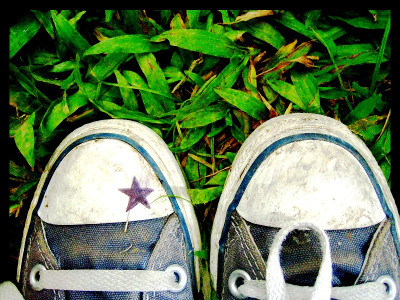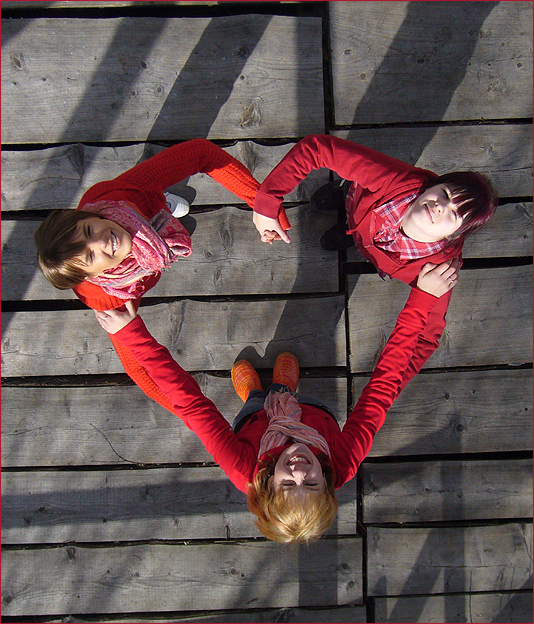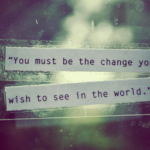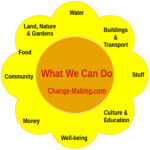
6 Things you can do now about global warming
Eat local food.
Fresh, local fruits and vegetables are SO delicious! Here in California, we are blessed with so much delicious bounty. Our local apples have flavor nuances as subtle as fine wines. Kabocha squash is so sweet and aromatic. You’re missing out!
Adapt your tastebuds to what grows locally, and eat in harmony with your local seasons. learn to cook with them, and learn how to preserve them in classic ways that don’t require refrigeration.

Shift your diet to emphasize a vegetable-dominant diet. Decrease the meats, grains, sugars, and fats. It’s far healthier and more nutritious than packaged, deadened, warehoused pseudo-foods. Plus fresh, local fruits and vegetables bring changing flavors through the seasons.
Buy local at farmers’ markets: It reduces the food miles/carbon footprint of your food. Plus it supports local farms near the cities, where we need them for lower-carbon transportation. Find your local farmers’ market or CSA/Community Supported Agriculture, and start exploring the fresh, delicious, and unique tastes of your local community. Begin your core shopping with the closest vendors you can find, and look to imported foods for only the supplemental ingredients. Skip big box stores altogether.
Changing your food means upgrading your food to better flavor, greater freshness, increased nutrition, and seasonal diversity. Plus you get food with a story — a relationship with the families who grew it. Beautiful!
Become an “unshopper.”
Do you really need to buy more stuff? Each time you think you’ll go shopping, ask yourself that question.
Right now we call it “normal” to extract raw materials on one continent, ship them to another continent for manufacture, and to still another continent for sale, consuming oil and emitting greenhouse gases the whole way. Then after a brief use (or single use!) most of these consumer items are tossed to a fictitious place called “away,” which means they’re packed into a toxic landfill in some disadvantaged neighborhood.
Overall, reduce the flow of goods through your life. Reduce and Reuse are the focus. Recycling is only a dirty bandaid over consumerism. Can you buy secondhand? Can you make-do with something you already have, perhaps by re-crafting it?
If you do buy, buy durable. goods Buy tools that can be repaired, that have a long projected life, and choose models that are power-free. Do it at your business, and your place of worship, and get your friends to do it too.
Every single thing you buy comes from the earth’s limited resources. Don’t buy anything you cannot treat as valuable and precious.
- why we recommend ditching plastic (everything from garden gimmicks to plastic bags) … see The Story of Stuff Project. (2019, April 21). The Story of Plastic: Where Your Recycled Plastic Ends Up (video run time 4:15) [Video file]. Retrieved from https://youtu.be/urFZ5o0az_4
Save water.
Here in California, saving water helps reduce global warming. More than 18% of our state’s electricity goes toward moving and cleaning water.
Short showers are the new normal. Learn to wash dishes in a basin with the faucet turned off. Turn off the water while you brush your teeth. Never hose down driveways or sidewalks — they won’t grow!

The new challenge is: how many times can you use water before it leaves your property? Wash a carrot, then reuse the water on your potted plants. Gather water from warming up the shower, and use it to wash your floors.
Get smart about landscaping water. We know lawns are inappropriate in our climate But suck-ulents and gravel do nothing to grow soil organisms, sequester carbon, or help reduce global warming! Instead, grow water-wise productive gardens which grow food for your family, or California natives to provide homes for bees and butterflies.
Build great soil
In gardens and on land all around you, build great soil, rich with live soil organisms. The cutting-edge of soil science is discovering that great soil, well-managed and rich with microorganisms – the earthworms and all their microscopic friends — is the cheapest and hugest carbon sink we have, with enormous power to slow down global warming. Soil sequestration was an important topic in the international climate talks.
Think about what the worms would like, and you’ll have great soil. Mix in compost, to feed your worms and their friends. Cover with mulch, to shelter your wriggly friends. Walk on the pathways, never on the growing beds, so that your worms have air pockets in the soil. Particularly important for our drought-stricken area: great soil absorbs all the water you give it, with no runoff waste, and holds water longer, for much slower evaporation.
Grow a functional garden — full of California natives that support wildlife or a food garden to feed your family. When remodeling, eliminate hardscape (concrete, asphalt, and rock) wherever possible and convert more land to rich, alive, carbon-capturing soil.
- Learn more in my Secrets of Soil Building ebook.
- if you’re in an apartment or rental, here’s how to join in the gardening fun!
Upgrade your transportation.
We all know we’ve gotta do it, but we’re dragging our feet.
Challenge yourself: Try one car-free day per week. You can view it as “gym time” and global-warming reduction all in one! Walk to your local errands – maybe get a little hand cart for packages. Or do your errands by bike. Enjoy the fresh air, the wind through your hair.
Learn bicyclist secrets, like choosing a quiet street parallel to the route you might take with a car. Many Los Angeles area streets are now converting to bikeways or sharrows. Repair your bike (learn basic bike maintenance)., or trade it for one that fits your body (bikes come in many sizes, just like shoes). Adjust your bike – tire pressure, seat height, cargo rack – to increase your comfort. Learn and follow the traffic codes – you are a vehicle. Experiment with bike-plus-public-transportation combinations.

Get comfortable walking shoes, and begin walking to errands within a close radius of home. Enjoy the outdoors, enjoy the exercise. You can save money by quitting your gym membership now.
Air transportation is likely the worst kind of transport for global warming. Greenhouse gases emitted at altitude have an even greater impact than emissions at ground level because of radiative forcing. And those high-altitude emissions cannot be sequestered by trees and soils. Most air transport belongs to peak consumption and the inappropriate lifestyle patterns of the old, fading past. It has no place in the new future.
You probably thought you’d find transportation at the top of the list. But it isn’t very realistic to say “walk and bike whenever possible” if you are still plugged into the do-it-at-a-distance ways of the fading past. As you are making all these changes to your life, start small. Try rearranging your schedule so that you can do one car-free day per week. Then strive for two.
Help friends and family
Help friends and family to understand this stuff. Make the habits and practices in this booklet become the way you do things together. It’s meaningful, it’s fulfilling, it’s connecting, and it’s fun!
Most of us “kind of” know our neighbors. Maybe you say “hi” as you’re walking the dog, or you share a beer over big game. You probably have strangers on Facebook whose intimate details you know better. But as world crises deepen, you’re going to need real community, not virtual. Your local neighbors are your true survival network.

Join local community groups, or start a local focus group to reduce your petroleum-dependence together (See if there is a Cool Blocks group near you. Or, the Transition Network, an international network of people working on these issues). You need to know each other’s skills, and what you can count on each other for. You need to find ways to trust each other. It’s time to start building those deeper bonds.
Start a dog-walking cooperative and get to know people. Start group purchasing to save costs. Swap backyard zucchini and tomatoes — or plant public fruit trees — to stretch people’s boundaries of “mine.” Help each other in extending the idea of “self-sufficiency” to include your neighborhood as a whole. Then reach into the next neighborhood over, and help them do the same.
If you like to see your family often – such as for annual holidays, or to take care of seniors – seriously consider moving close to them now. It’s a great way to reduce your carbon emissions, and to eliminate the guilt and conflicts you might feel over a huge transportation footprint. With family close by, you’ll emit a whole lot less carbon through the years as you visit each other. Meanwhile, your family members will be nearby as a mutual support system.

Download a pdf version of this post, which includes a handy checklist with even MORE climate-conscious lifestyle tips!
You might also like:




